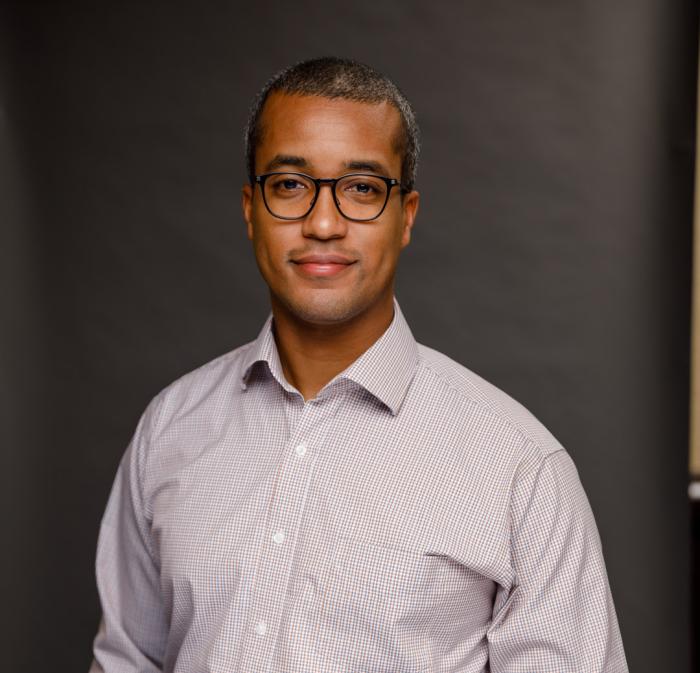
MSE Spring Seminar Series: Professor Zaharia Al Balushi
Location
Kimball B11
Description
Spatially Controlled Crystal Growth
Zakaria Y. Al Balushi
Assistant Professor
University of California, Berkeley
ABSTRACT: In the first half of my talk, I will discuss a new low temperature crystallization process for 2D semiconductors, MoS2, that can be achieved through spin coating and annealing below back-end-of-line temperatures. To achieve this, solutions are produced from a single source molecule that is then decomposed into a metastable state after thin film spin coating on a variety of surfaces. These films can then be directly converted into MoS2 using low temperature thermal annealing in a furnace or through direct laser writing. Moreover, I will describe a new platform to achieve spatial selectivity during the growth of 2D materials through subsurface engineering of graphene. Specifically, I will discuss the influence of the underlying gallium subsurface on modulating the work function of polymer free transferred graphene onto a diamond like carbon (DLC) substrate containing trapped gallium in uniquely designed spatial structures. In the second half of my talk, I will then discuss a multiscale model illustrating how light interacts with liquid metals to create architectured solids from the bottom-up. Light induced Marangoni flow in liquid-gallium with Laguerre-Gaussian lasers as heating sources, is an effective approach to overcome Brownian forces on particles. The Marangoni and convective flow that develops in the fluid drive the trajectory of randomly dispersed particles, giving rise to predictable ring-shaped assemblies with high degree of order. Careful control over the parameters of the Laguerre-Gaussian laser can tune the temperature and fluid dynamics of the liquid-gallium as well as the balance of forces on the particle. This in turn can tune the structure of the ring-shaped particle assembly with a high degree of fidelity.
BIO: Zak Al Balushi is an assistant professor in the department of Materials Science and Engineering at University of California, Berkeley and a faculty scientist in the Materials Science Division at the Lawrence Berkeley National Laboratory. Zakaria received his B.S. (2011), M.S. (2012) in Engineering Science and his Ph.D. (2017) in Materials Science and Engineering all from The Pennsylvania State University. His early work focused on integration and fabrication of silicon nanowire devices, then on the growth of group-III nitride semiconductors, in situ metrology during MOCVD growth, epitaxial graphene and the discovery and characterization of unconventional low-dimensional materials and heterostructures. Prior to his appointment at the University of California, Berkeley, he held two postdoctoral fellowships: the Resnick Prize Fellowship in Applied Physics and Materials Science and the NSF Alliances for Graduate Education and the Professoriate (AGEP) Fellowship both at the California Institute of Technology under the supervision of Professor Harry Atwater. At Caltech, he focused on the synthesis and characterization of phase transformations in transition metal dichalcogenides 2D materials. At the University of California, Berkeley, his research group continues to expand in this area and beyond, creating new synthesis and integration schemes for emerging low-dimensional materials. He is currently serving on the editorial board of Communications Materials, is a Principal Editor for Journal of Materials Research, an elected executive committee member for the American Association for Crystal Growth and recently named “Four rising stars who are reshaping nanoscience” by Nature [Nature 608, S12-S13 (2022)]. He is also a SK Hynix Faculty Fellow, Society of Hellman Fellow, a CIFAR Azrieli Global Scholar in Quantum Materials and a recipient of the NSF CAREER and Micron Corporation Early Career Awards in 2022.

